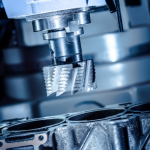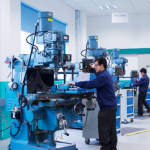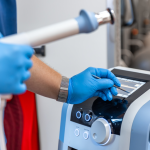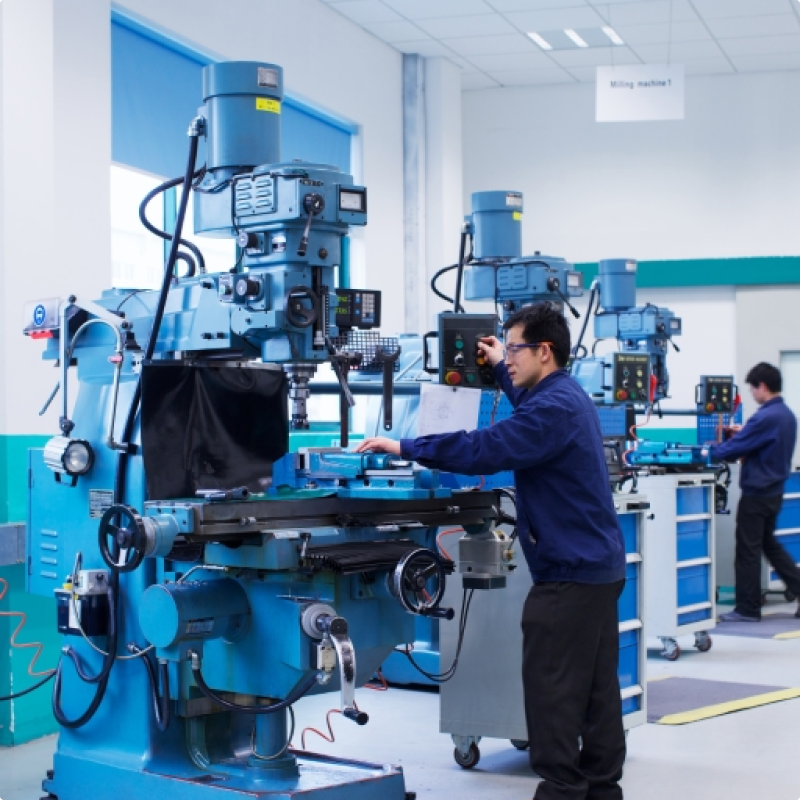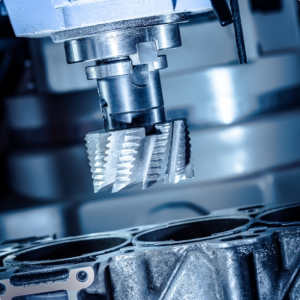Table of contents
Key Obligations When Placing Machinery on the Market
- CE Marking – confirms compliance with essential health and safety requirements.
- EU Declaration of Conformity – a signed document confirming alignment with relevant directives and regulations.
- Technical documentation – must be complete and accessible for market surveillance authorities; includes risk assessments, test results, and user manuals.
- Conformity assessment – carried out by the manufacturer or, where required, with the involvement of a Notified Body.
Current and Upcoming Legal Regulations
Directive 2006/42/EC remains in force until 19 January 2027. From 20 January 2027, Regulation (EU) 2023/1230 will apply directly in all Member States.
Regulation 2023/1230 introduces several changes, including:
- a broader definition of machinery, including digital components,
- new conformity assessment modules (e.g., Module G),
- digital user instructions (paper version upon request),
- mandatory Notified Body involvement for high-risk machinery.
Required Technical Documentation
The documentation must be complete, legally compliant, and available for inspection by market surveillance authorities. It should include:
- machine description, diagrams, drawings, and photos,
- complete user manual in the end-user’s language,
- risk assessment and a list of applied protective measures,
- testing reports and functional test results,
- certificates (if applicable),
- EU Declaration of Conformity,
- CE marking (permanent and visible).
Common Mistakes to Avoid
- missing or incorrect CE marking,
- incomplete technical documentation,
- inadequate risk assessment,
- non-compliance with requirements on noise, vibration, or energy consumption,
- failure to involve a Notified Body when required.
Manufacturer’s Responsibility
The manufacturer holds full responsibility for machine compliance, including:
- compliance with all legal requirements,
- maintaining documentation for a minimum of 10 years,
- correct CE marking and declaration,
- legal consequences in case of non-compliance,
- liability for any damage caused by the machine.
GCB’s Support in the Machinery Placement Process
We offer:
- technical and legal analysis before machine purchase or sale,
- review of technical documentation,
- support during the conformity assessment process,
- assistance in preparing the EU Declaration and CE marking,
- adjustment of machines to meet current requirements.
